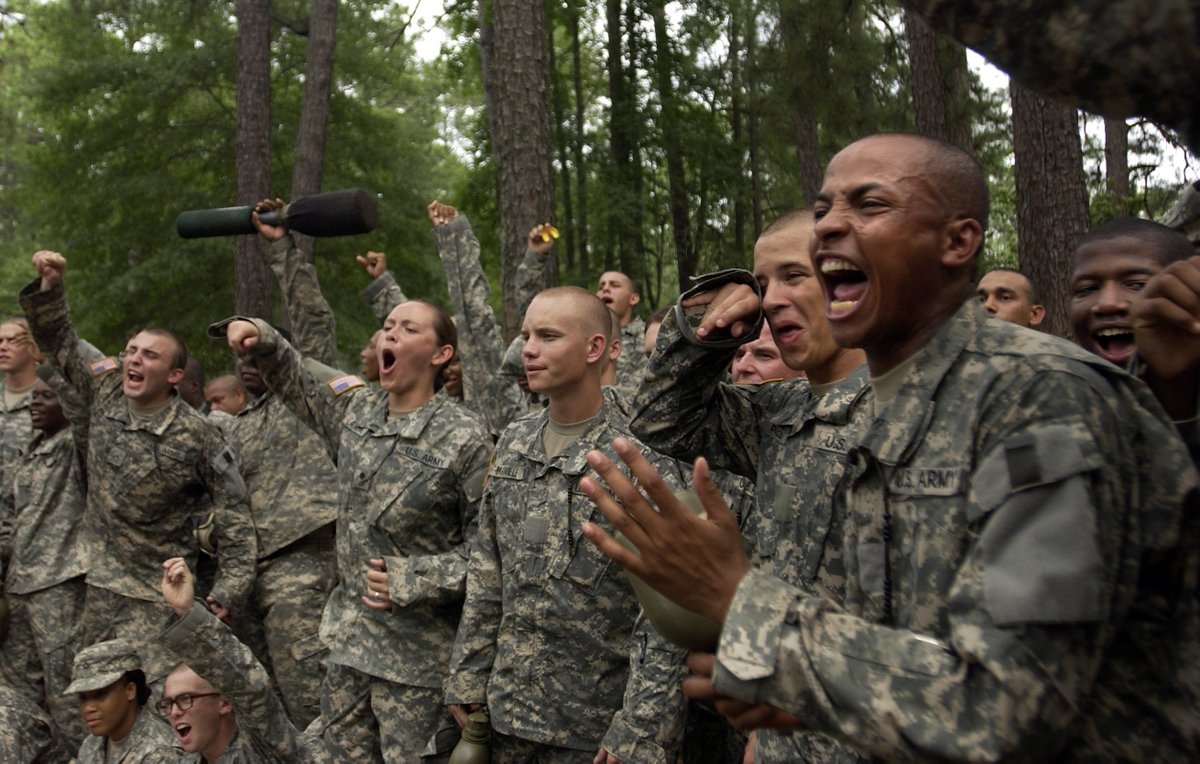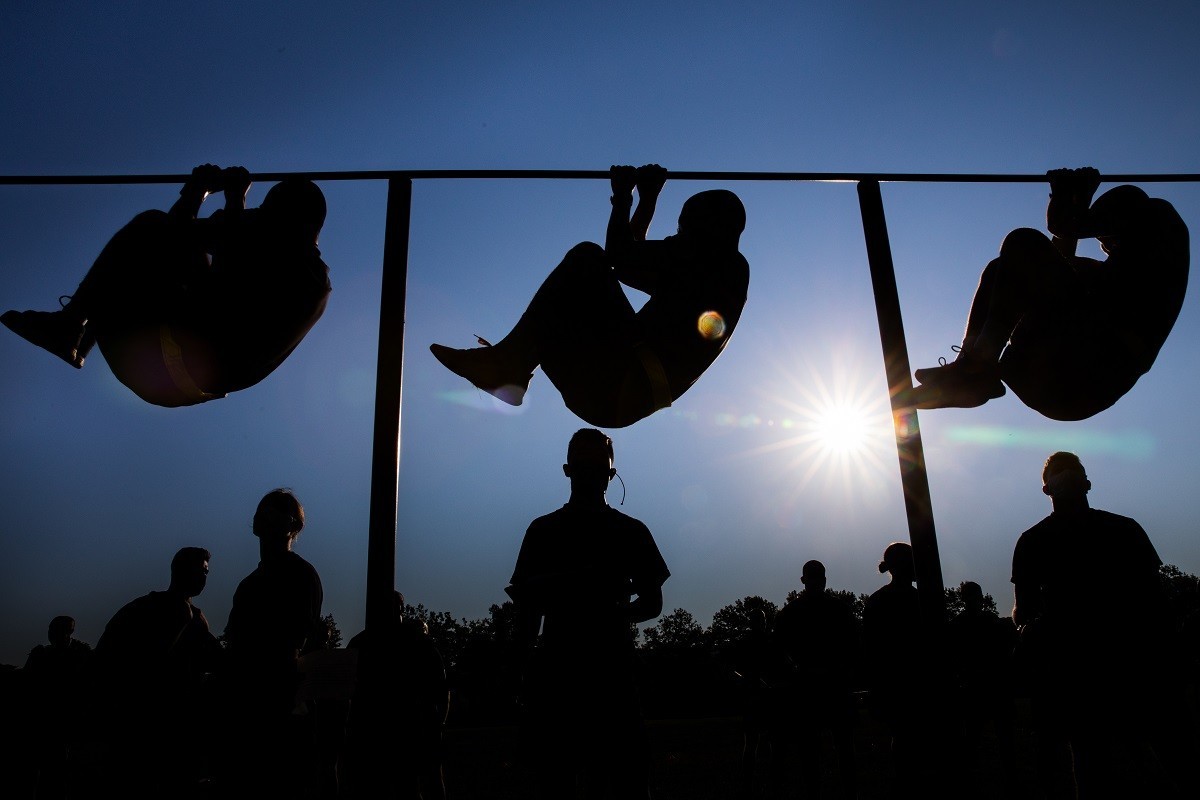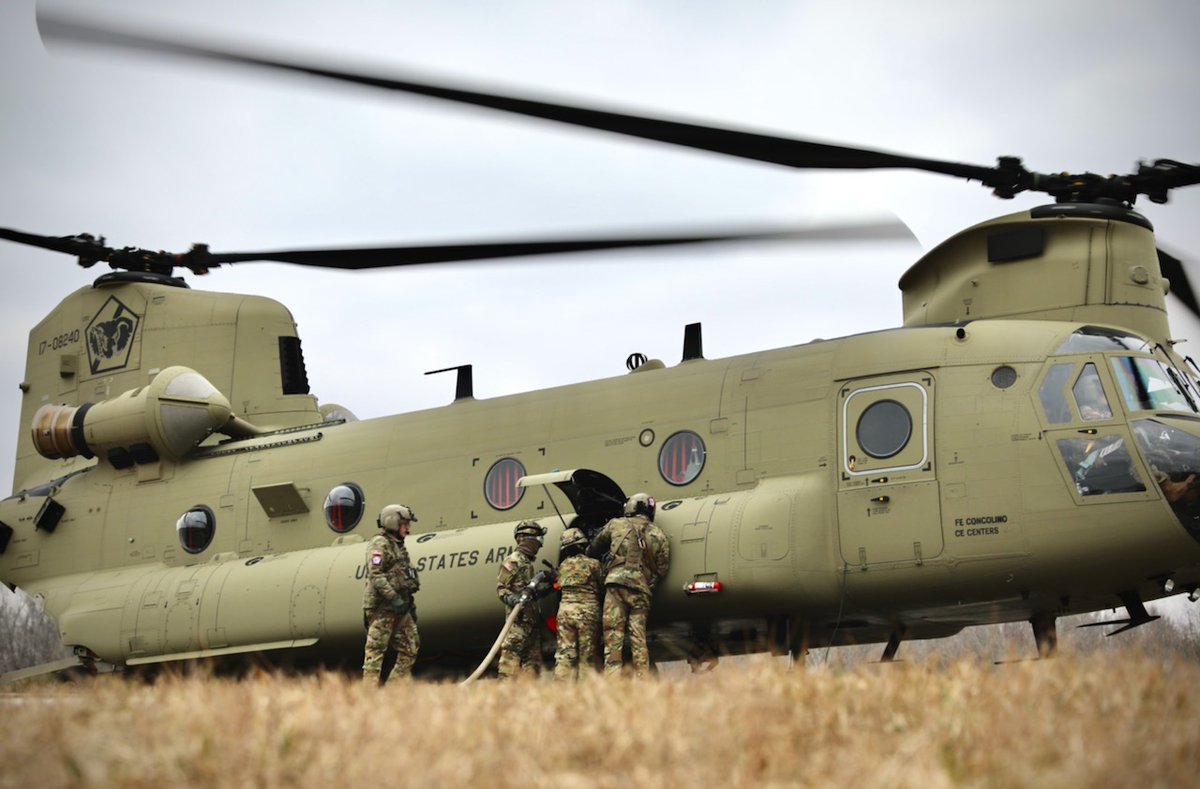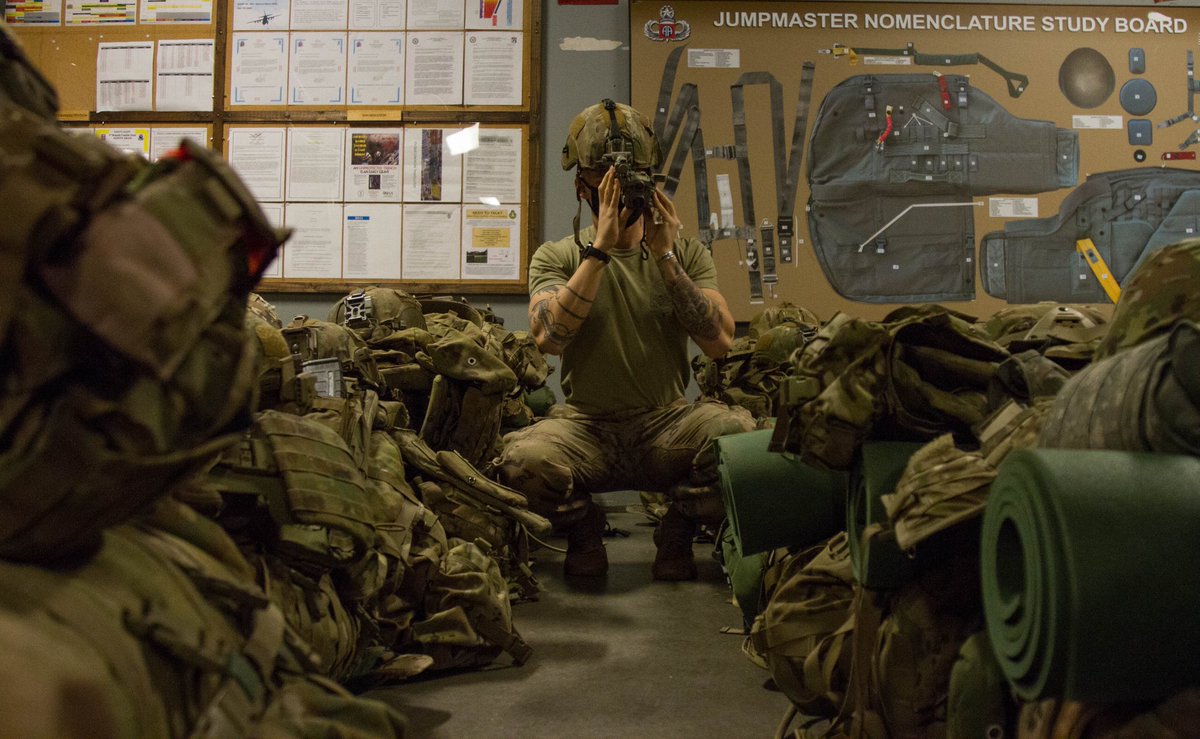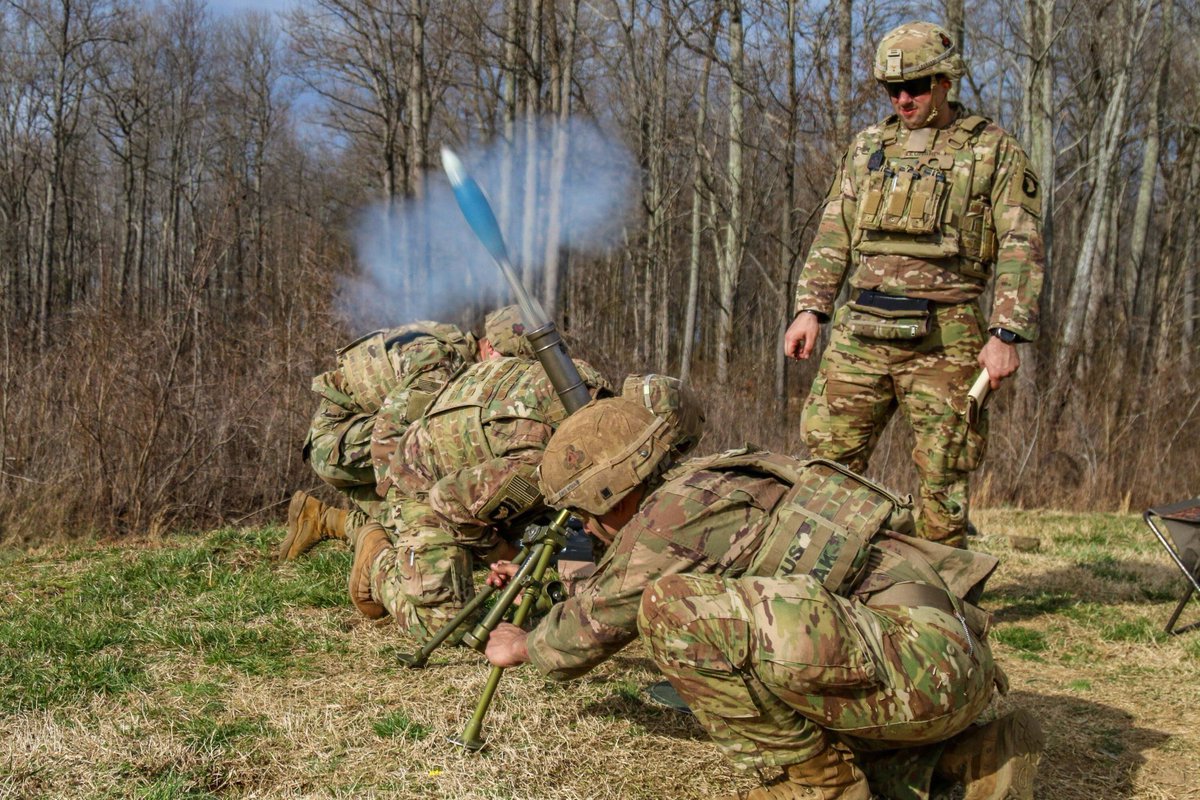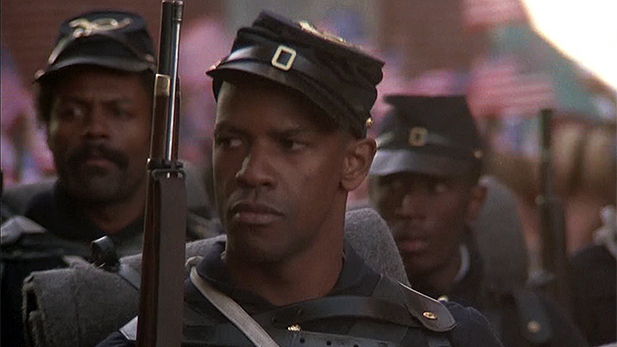
[1 of 17]
Happy post-Super Bowl Monday!
It's February 8th, and we're TWO WEEKS away from Dragon's Lair Episode 3.
Dragon's Lair is about uplifting, embracing, and empowering Soldier innovations
Happy post-Super Bowl Monday!
It's February 8th, and we're TWO WEEKS away from Dragon's Lair Episode 3.
Dragon's Lair is about uplifting, embracing, and empowering Soldier innovations
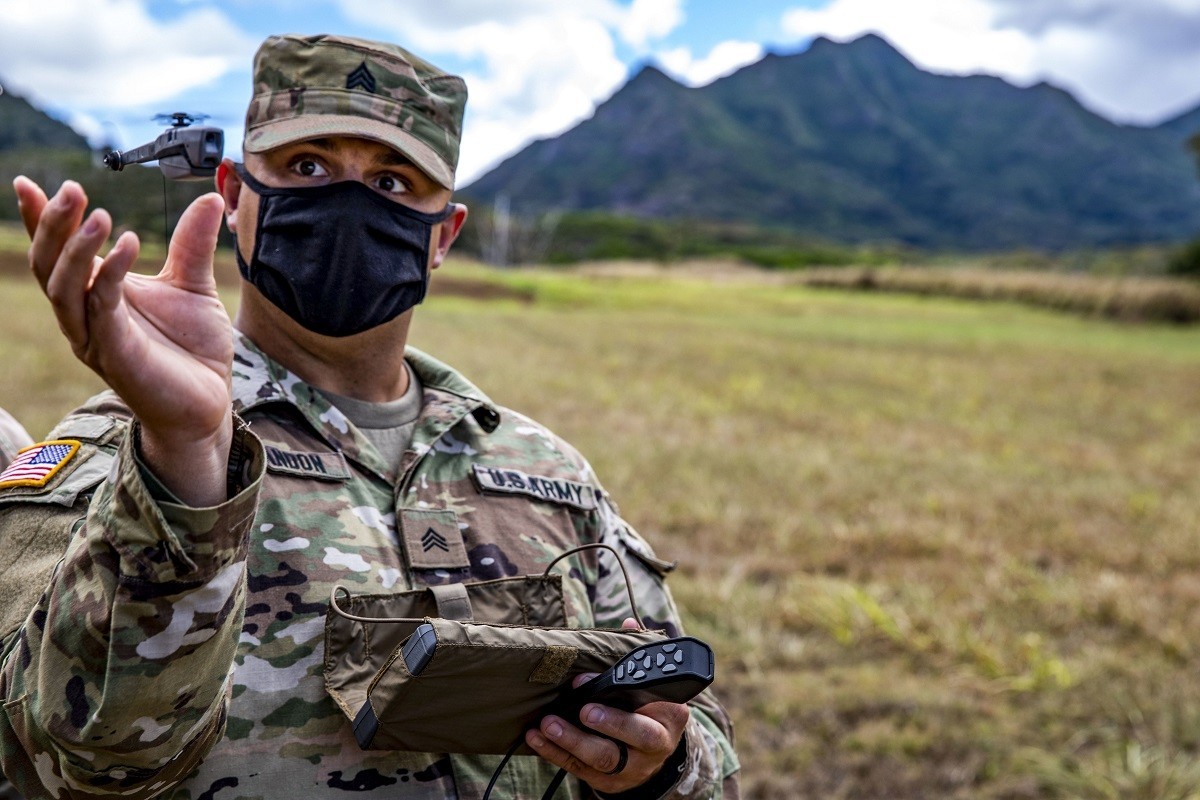
[2 of 17]
So here's what is coming up on this feed today (all times Eastern).
10AM: Video 1 or 2 highlighting the notification of Episode 3 Innovators
1PM: Video 2 of 2 highlighting the notification of Episode 3 Innovators
3PM: 🚨SPECIAL ANNOUNCEMENT🚨about Episode 3!!!
So here's what is coming up on this feed today (all times Eastern).
10AM: Video 1 or 2 highlighting the notification of Episode 3 Innovators
1PM: Video 2 of 2 highlighting the notification of Episode 3 Innovators
3PM: 🚨SPECIAL ANNOUNCEMENT🚨about Episode 3!!!

[3 of 17]
The @USArmy has a long history of Soldier-driven innovation changing the way we operate, think, and organize for combat.
Soldiers have ideas! We just need to find and free those ideas trapped inside formations and buried under Army bureaucracy.
The @USArmy has a long history of Soldier-driven innovation changing the way we operate, think, and organize for combat.
Soldiers have ideas! We just need to find and free those ideas trapped inside formations and buried under Army bureaucracy.

[4 of 17]
Cut through the red tape!
Plow through bureaucracy!
Let the animals spirits of the free idea soar!
THAT is the principle behind Dragon's Lair.
Cut through the red tape!
Plow through bureaucracy!
Let the animals spirits of the free idea soar!
THAT is the principle behind Dragon's Lair.

[5 of 17]
Every day between now and Monday, February 22nd, we're telling another story of Soldier-led ideas that have changed the Army.
Today, we're going back to a dark period for the Army and the Nation: the Vietnam War.
But to tell this story, we have to go back further.
Every day between now and Monday, February 22nd, we're telling another story of Soldier-led ideas that have changed the Army.
Today, we're going back to a dark period for the Army and the Nation: the Vietnam War.
But to tell this story, we have to go back further.

[6 of 17]
After the Korean War, the Army was looking for a weapon that could help knock back the kind of massive Chinese attacks that devastated American formations in Korea.
These were human-wave assaults that relied on speed and mass more than maneuver and surprise.
After the Korean War, the Army was looking for a weapon that could help knock back the kind of massive Chinese attacks that devastated American formations in Korea.
These were human-wave assaults that relied on speed and mass more than maneuver and surprise.

[7 of 17]
The Army was looking for something small and powerful, an antipersonnel weapon that could be emplaced in the defense.
The idea: the M18 Claymore mine.
The Army developed this device in the mid-1950s and improved on the idea in the early 1960s.
The Army was looking for something small and powerful, an antipersonnel weapon that could be emplaced in the defense.
The idea: the M18 Claymore mine.
The Army developed this device in the mid-1950s and improved on the idea in the early 1960s.

[8 of 17]
The claymore mine was exactly what the Army was looking for to protect units in dug-in defenses.
It was light (3 and 1/2 pounds).
It was small and easily concealed from approaching enemy forces.
And it had a decent casualty area: out to fifty meters.
The claymore mine was exactly what the Army was looking for to protect units in dug-in defenses.
It was light (3 and 1/2 pounds).
It was small and easily concealed from approaching enemy forces.
And it had a decent casualty area: out to fifty meters.

[9 of 17]
But most importantly, it can be aimed to cover a specific area. This is most useful in the kinds of defenses in depth we established in the Korean War, where you'd want overlapping kill zones.
But most importantly, it can be aimed to cover a specific area. This is most useful in the kinds of defenses in depth we established in the Korean War, where you'd want overlapping kill zones.

[10 of 17]
The claymore mine was introduced into combat in Vietnam with the buildup of troops there in 1965.
It was used strictly in the defense.
The claymore mine was introduced into combat in Vietnam with the buildup of troops there in 1965.
It was used strictly in the defense.

[11 of 17]
As President LBJ escalated American involvement in Vietnam, American factories starting churning out claymore mines like Apple makes iPhones today.
We were sending tens of thousands to Vietnam every month in 1966.
As President LBJ escalated American involvement in Vietnam, American factories starting churning out claymore mines like Apple makes iPhones today.
We were sending tens of thousands to Vietnam every month in 1966.

[12 of 17]
Then, in 1967, a Private 1st Class named Jeremy Haskew, 1st Brigade of the 101st Airborne, who'd served 4 months as an infantryman in Vietnam, had an idea: let's use the claymore mine in the OFFENSE.
Then, in 1967, a Private 1st Class named Jeremy Haskew, 1st Brigade of the 101st Airborne, who'd served 4 months as an infantryman in Vietnam, had an idea: let's use the claymore mine in the OFFENSE.

[13 of 17]
Jeremy realized the mine offered a significant advantage in the offense: it could open an ambush with a massive, instant kill zone without disclosing the location of the attacking force.
Jeremy realized the mine offered a significant advantage in the offense: it could open an ambush with a massive, instant kill zone without disclosing the location of the attacking force.
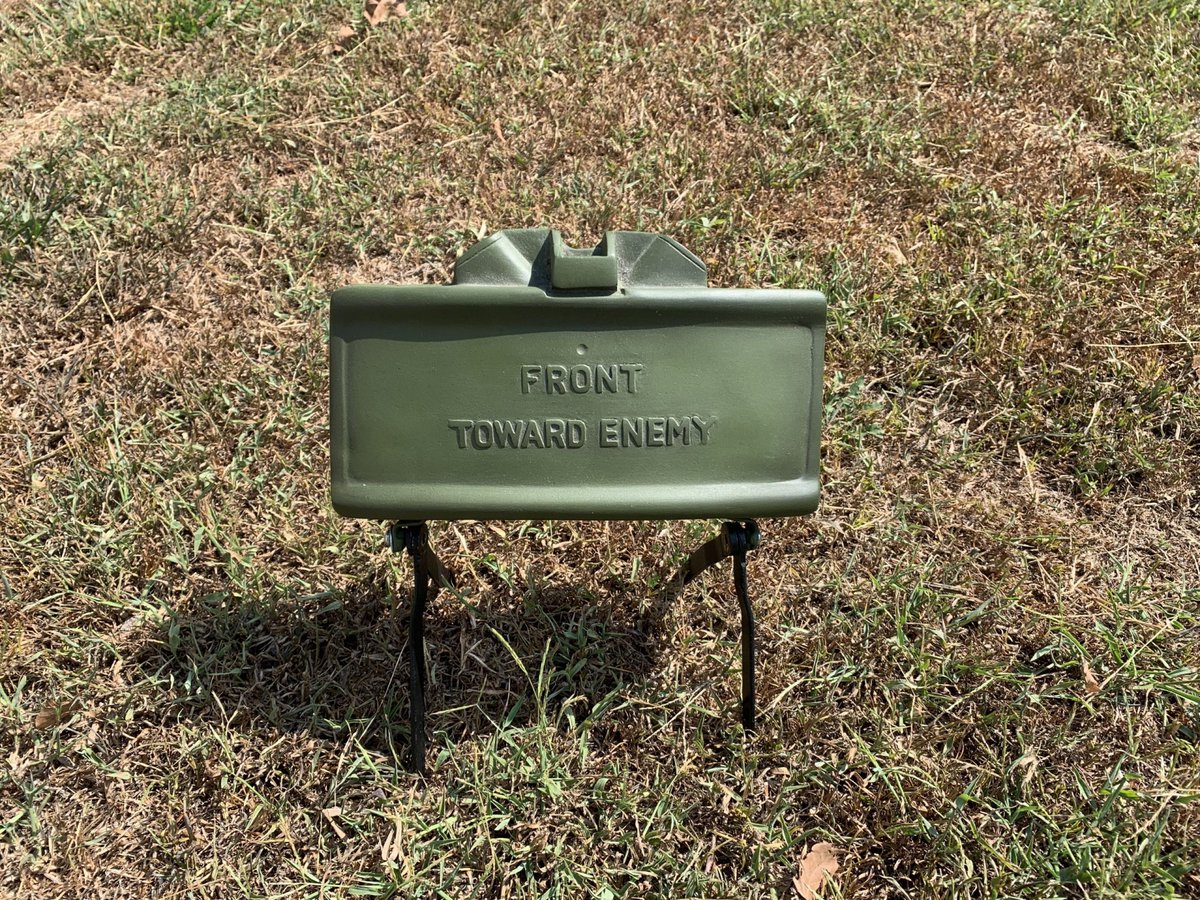
[14 of 17]
Jeremy went to his company commander, Captain Alex Linn, and practically begged him: let's get the claymore out of these fixed defensive positions and use it with ingenuity!
Jeremy went to his company commander, Captain Alex Linn, and practically begged him: let's get the claymore out of these fixed defensive positions and use it with ingenuity!

[15 of 17]
Alex bought into the idea and by 1968 the 101st Airborne was using the claymore mine in the offensive to great effect.
By mind-1969, all infantry units were emplaced claymore mines in the offensive, allowing advantages of speed, surprise, and firepower over the NVA.
Alex bought into the idea and by 1968 the 101st Airborne was using the claymore mine in the offensive to great effect.
By mind-1969, all infantry units were emplaced claymore mines in the offensive, allowing advantages of speed, surprise, and firepower over the NVA.

[16 of 17]
One PFC's ingenuity changed the way we conducted ambushes and raids in that war.
Jeremy's idea seems pretty simple....but sometimes it's the simplest ideas that are overlooked by the command.
That's what Dragon's Lair is about.
One PFC's ingenuity changed the way we conducted ambushes and raids in that war.
Jeremy's idea seems pretty simple....but sometimes it's the simplest ideas that are overlooked by the command.
That's what Dragon's Lair is about.

[END]
What are the next ideas that will change the Army? We'll find out on February 22nd.
But first, check back here at 3PM Eastern for a special announcement!!!📣
What are the next ideas that will change the Army? We'll find out on February 22nd.
But first, check back here at 3PM Eastern for a special announcement!!!📣

• • •
Missing some Tweet in this thread? You can try to
force a refresh




